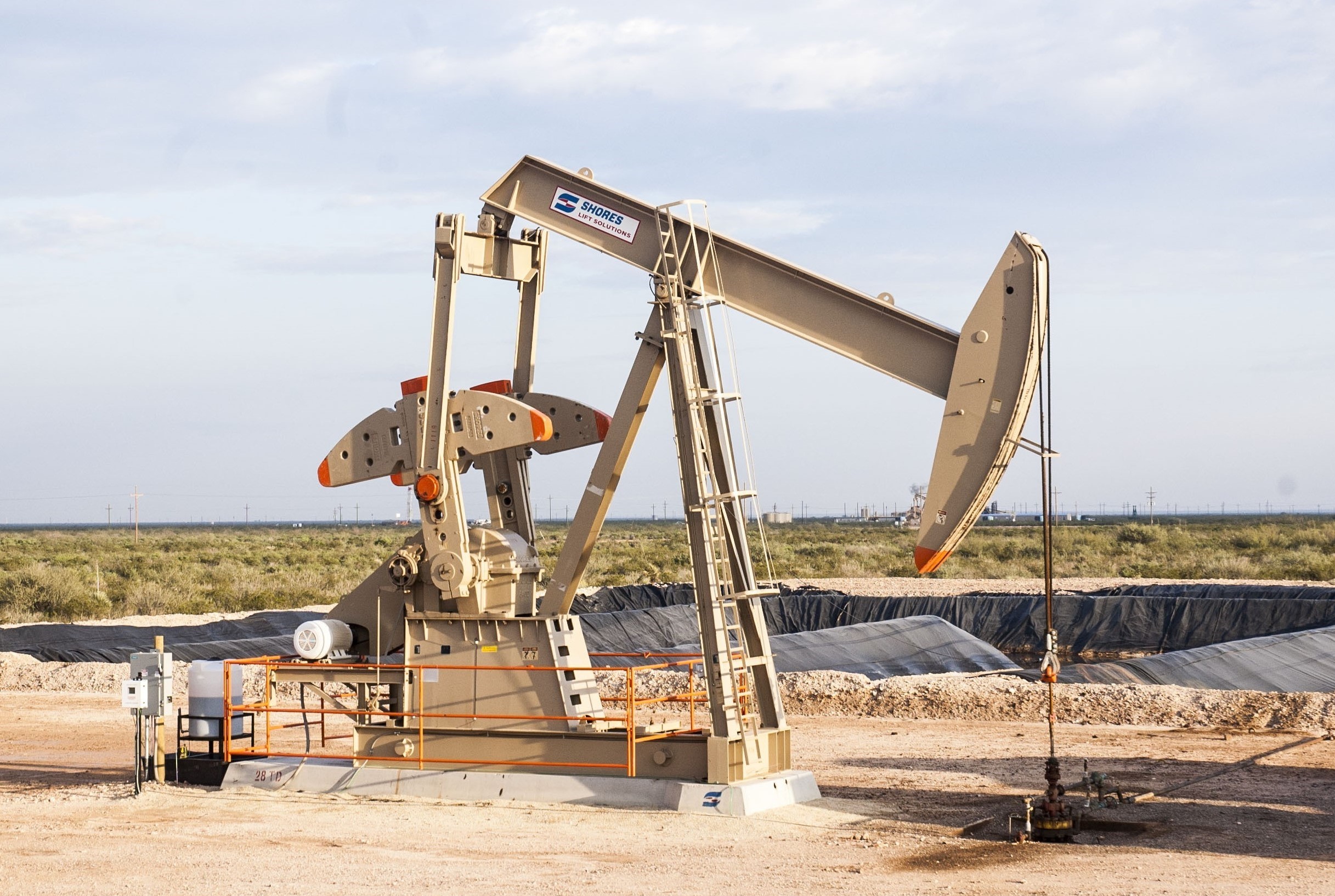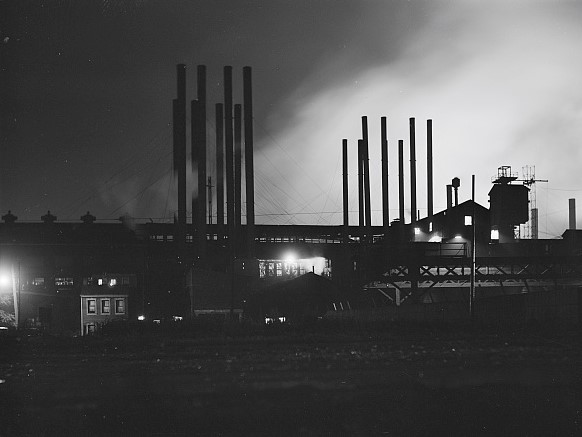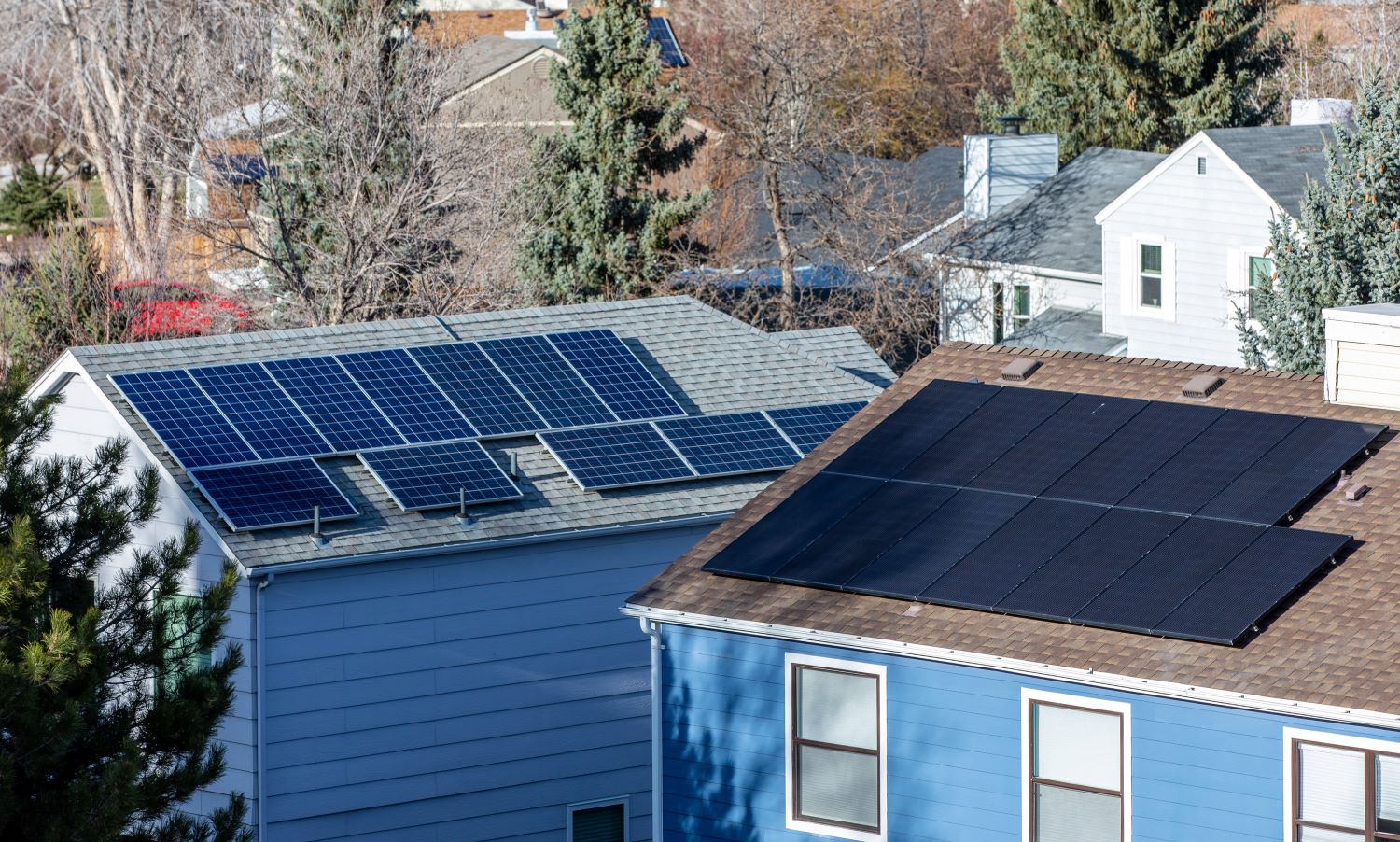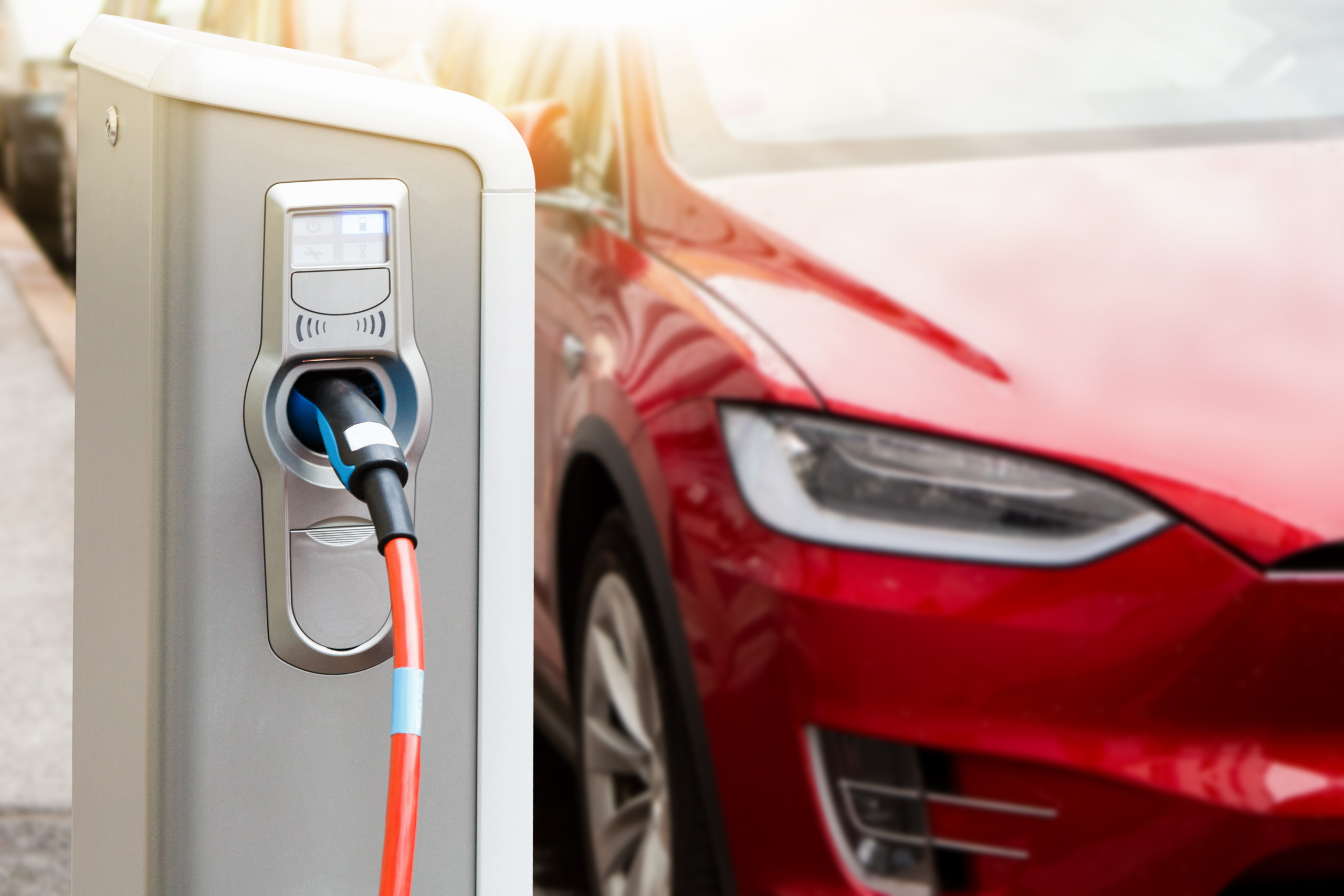
Public lands should be our ally in combating climate change, not part of the problem
Energy leasing on U.S. public lands makes these lands a major contributor to the country’s greenhouse gas emissions - but it doesn’t have to be that way.

Almost a third of the total land area of the United States is owned – nominally at least – by the American people. But while it’s easy to imagine our public lands as wild, scenic expanses set aside for conservation and recreation, in fact the vast majority of this area is open to development, much of it made available through the federal leasing process to fossil fuel companies seeking to exploit these lands for the natural resources that lie beneath them.
The industrialization of America’s public lands makes them a major contributor to the country’s greenhouse gas emissions. A 2018 U.S. Geological Survey report estimated that almost a quarter of the nation’s total carbon dioxide emissions come from the extraction and use of fossil fuels from public lands, and recent projections indicate that the Trump administration’s push to open up more land to energy companies could radically increase that figure.
The fact that public lands are such a substantial part of the problem is all the more nonsensical given that they could, and should, play a major role in solving it. By sequestering carbon from the atmosphere, undeveloped natural landscapes on U.S. public land already offset around 15% of the carbon dioxide produced from the extraction and combustion of fossil fuels from those lands, and science tells us that there’s significant potential to increase this percentage. Moreover, if millions of acres of public land can be used by the fossil fuel corporations that got us into this crisis, then there’s no reason why public lands can’t also be used responsibly to generate the renewable energy necessary to get ourselves out of it. With only a limited window remaining to take the action needed to combat the unfolding catastrophe of climate change, now would be an excellent time to start thinking seriously about ways to harness this potential.
Above all, this means taking meaningful action to curb emissions from fossil fuel extraction on public land. This was one aim of a comprehensive environmental impact statement launched under the Obama administration looking at the climate impacts of the federal coal leasing program, the upshot of which was a moratorium on new leases. But permanently ending new federal leases for fossil fuel extraction must be part of a broader suite of measures, from reform of the archaic mining laws that underpin the open access claim-staking system to the overhaul of subsidies for fossil fuel extraction and ensuring that the royalties paid by energy companies operating on public lands cover the true costs – including environmental costs – of fossil fuels.
These measures should be accompanied by policy support to establish pathways for the development of renewable energy on public lands. These lands, after all, are supposed to be managed in the best interests of the public, and there is precedent for responsible, sustainable approaches to clean energy development that would mean this can still include a role in meeting the country’s energy needs. Recent years – going back to the second Bush administration in fact – have seen various strategies put forward to that end. Most recently, the bipartisan Public Land Renewable Energy Development Act, introduced in 2019, provides one potential pathway, among other things streamlining the permitting process for renewable energy firms.
But one of the best ways of putting public lands to use in mitigating carbon emissions is also the simplest: leave them intact. Terrestrial ecosystems, including forests, grasslands and shrublands, sequester millions of tons of carbon from the atmosphere every year. Forests alone suck up the equivalent of more than 14% of economy-wide CO2 emissions annually, and with careful planning and proper management there is significant potential to enhance carbon sequestration capacity in these lands, and at relatively low cost compared to other “negative emissions” technologies.
Over the course of the last four years the Trump administration has made it clear that it believes that fossil fuel development is the best use of our public lands, and every step the administration has taken has been in the service of fossil fuel industry interests rather than the interests of the American people. The relentless push to open up more land to new leasing has left millions of acres of unspoiled landscapes vulnerable to exploitation, while at the same time squandering these lands’ potential for mitigating the climate crisis. But the thing about public lands is that every American, albeit indirectly, has a say in how they get used. A change in administration brings opportunities to regain some of the ground lost during these years, beginning with a wholesale review of the environmental costs of development on public lands and the establishment of pathways to a clean energy future.
Image via Piqsels
Topics
Authors
James Horrox
Policy Analyst, Frontier Group
James Horrox is a policy analyst at Frontier Group, based in Los Angeles. He holds a BA and PhD in politics and has taught at Manchester University, the University of Salford and the Open University in his native UK. He has worked as a freelance academic editor for more than a decade, and before joining Frontier Group in 2019 he spent two years as a prospect researcher in the Public Interest Network's LA office. His writing has been published in various media outlets, books, journals and reference works.
Find Out More

Beyond the politics of nostalgia: What the fall of the steel industry can tell us about the future of America

Let us now praise rooftop solar: A tale from New England

Automakers could have learned to build EVs. They paid Tesla to do it instead.

